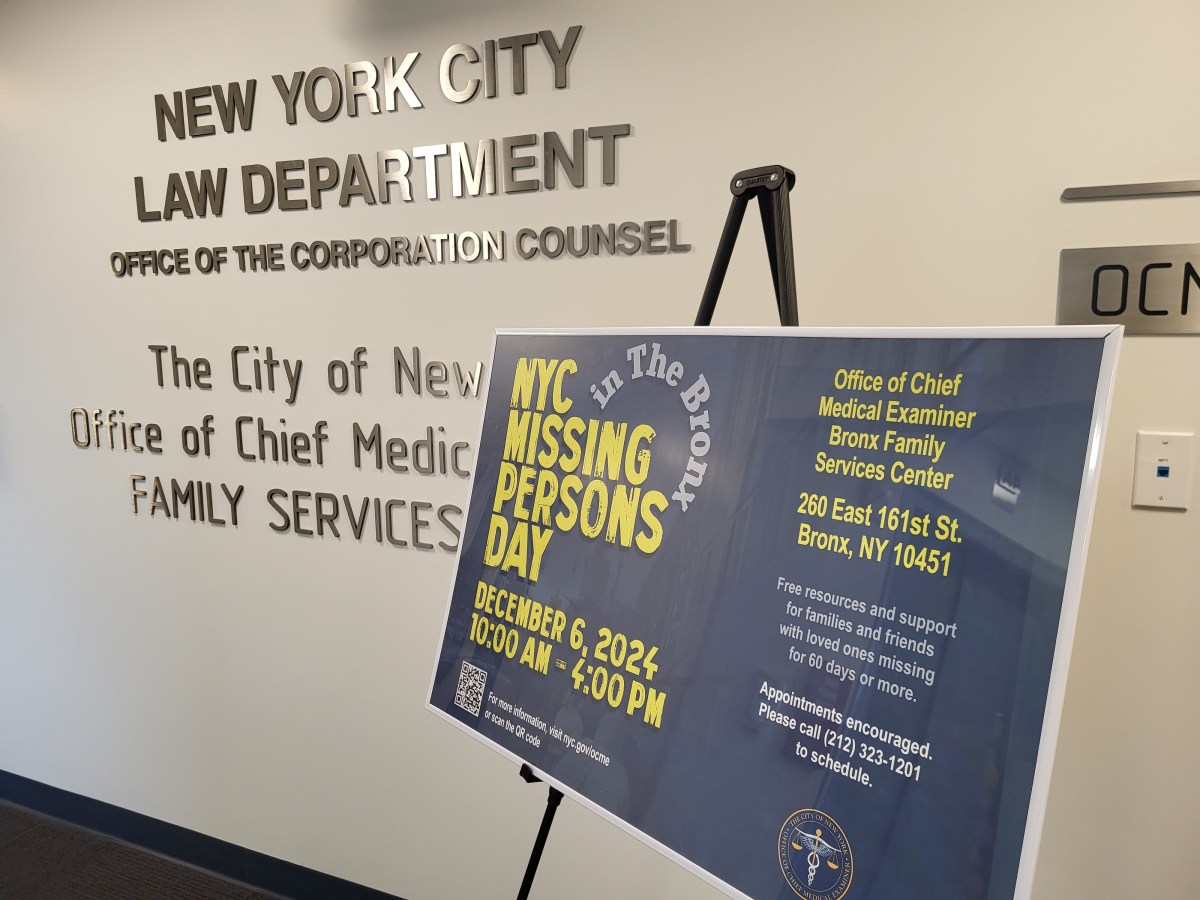More than 37 million Americans suffer from kidney disease. It is the nation’s ninth-leading cause of death, and the most common treatment for the disease is so onerously expensive that kidney failure is one of only two conditions that qualifies sufferers for Medicare coverage automatically and immediately upon diagnosis. Medicare spends $114 billion a year, about 20 percent of its entire budget, on kidney disease treatment. And as impactful as kidney disease is, the United States does a woefully inadequate job of preventing, diagnosing, treating and curing this disease.
But things are looking up.
A way forward
Last month President Donald Trump issued an executive order aimed at overhauling the way the nation approaches kidney disease, promoting progress on three key issues:
- Reducing the number of Americans with end-stage renal failure via preventive care and early diagnosis.
- Increasing the use by patients in end-stage kidney failure of home dialysis and increasing access to kidney transplants. Studies show that the nightly at-home dialysis that patients can undergo while sleeping is both healthier and less expensive than the clinic visits that have been the norm for decades, and that kidney transplants are a healthier and more permanent solution than traditional dialysis.
- Increasing organs available for transplant by encouraging more people to choose to be living organ donors or commit to having their organs donated upon their deaths.
The biggest changes mandated by Trump’s order have to do with the way Medicare incentivizes and pays for the prevention and treatment of kidney disease. It pushes screening, early intervention, home dialysis and transplants and ends the system’s preferential payment treatment of in-house care at dialysis clinics.
Much of the prevention will focus on increased screening for and treatment of diabetes and high blood pressure. But more and earlier screening for kidney disease itself will be a focus, too, because today 40 percent of people with kidney disease do not know they suffer from that ailment until their organs begin to fail.
Roles for Albany and Washington
Now Congress has a part to play, as does Gov. Andrew Cuomo. A bipartisan bill introduced this year in both the House and Senate would prohibit life, disability, health and long-term care insurance companies from denying or limiting coverage or charging higher premiums of living organ donors, a huge step. It would also amend the Family and Medical Leave Act to make organ donation a covered condition, and promote organ donation.
And a bill passed by both the State Assembly and the Senate and waiting for Cuomo’s signature would update state regulations to meet national standards, a crucial step in participating in organ donations that cross state lines. It would also clear up the process by which people can opt to make anatomical gifts upon their death.
Advocates say these state changes could mean 600 more organs available for life-saving donations in New York annually. That’s big in a state ranked 50th in organ donation, where 92 percent of residents say they support the practice but only 27 percent are registered as donors.



































